Winter pressures in the NHS: An interview with Healthcare Gateway’s Managing Director, Liam King
Liam King, Managing Director at Healthcare Gateway, talks about the difficult time that the health system face as winter pressures mount and what role digital health technologies play in supporting clinical activity.
What do you see as the key concerns for ICSs/Health Boards with winter pressures this year?
Before winter pressures even kicks in, we have a system that is already overstretched in resource and services: we’re seeing a resurgence in COVID, delays across acute services, plus a backlog care that is still prevailing following the pandemic.
Data from NHS England shows that the waiting list for planned elective NHS treatment has been growing steadily since June 2020 and by June 2022 there were 6.7 million people waiting, which is more than ever*.
Suppliers to the NHS have an important role to support the healthcare system, working hand in hand, to deliver clinical benefits to potentially improve the mounting pressures. Planning and preparation are critical to recognise gaps where there is considerable demand for services and to highlight what digital tools could be utilised to maximise clinical time to deliver patient centred care. I think it’s vital to consider the role that data and interoperability can play in preparing organisations to deal with the increased demand even when experiencing these extra winter pressures.
What do you see being the key concerns for clinicians with winter pressures this year?
Healthcare professionals across all settings are front and centre dealing with the strain of winter pressure challenges head on.
Resource and capacity are spread thin because of rising pressures. Adopting digital health technologies means that clinicians have access the right digital tools including information about their patients at the right time, in the right place so that they can make faster, safer decisions. There is a reliance on digital health technologies with interoperability as a key component to help address the pressures by sharing health information where it’s needed and when it’s needed.
I think it’s vital for us to consider the impact this can have on the wellbeing of healthcare professionals. Throughout the pandemic, we read stories of frontline workers who worked and gave their absolute all to try and care for every patient to meet demand. Expansion of the NHS workforce is needed but also ensuring healthcare professionals are supported from a wellbeing perspective through challenging periods of high demand.
We have already seen the significant impact increased interoperability can have in saving time for clinicians and patients. Where the Medical Interoperability Gateway (MIG) has been implemented across Bristol through Connecting Care, pre-operative assessments went from taking 2.5 hours per person, to taking under a minute. The time this frees up for clinicians is crucial and has a considerable impact on capacity and ability to care for patients.
What measures do you think the NHS can take to prepare for winter pressures?
I believe the key here is, of course, planning, preparation and access to key data that helps build that picture of how winter really feels on the ground.
Actively managing the demand by triaging patients via a choice of channels and directing to the correct pathway such as social prescribing, signposting to alternative services and implementing virtual technologies that are designed to take the strain away from key settings ensures patients receive the most appropriate care but also where appropriate empowers people to support themselves. Not only does this benefit the patient, but it also alleviates the system pressures. Promoting awareness of the existence of alternative services and the message that supports access to the right care, in the right place, at the right time can relieve the demand on services. Providing citizens with the information of available alternative services and how to access them can lessen unnecessary visits to the GP, calls to 999, and trips to hospital.
However, it is also essential that we connect the data in these siloed systems to avoid delays in care and wasted time. The CQC’s report on the state of care in 2021/2022 highlights the urgent need for better communication and collaboration across teams and settings**.
For example, if Sheila comes into hospital, and she has a community record that would readily inform hospital clinicians of the best course of action to get her home, but those clinicians can’t see this information, then we have a problem. The hospital staff use valuable time trying to contact district nurses, or social care, or whoever else may be involved in Sheila’s care, to find the information that allows Sheila to be sent home with the appropriate care. However, if those clinicians can access Sheila’s record in real-time and find all the relevant information, they can make appropriate arrangements to get her home quickly and safely. It saves time across all the teams involved and frees up beds in hospitals.
That’s where I see the role of data in supporting the NHS to cope with winter pressures. We can deliver interoperability solutions quickly in order to fill the gaps in shared care records. Where there is gaps in records, there is less clinical efficiency, meaning additional pressure on clinicians, organisations, and the NHS as a whole.
Get in touch
To find out how we can support your organisation in preparing for winter pressures, get in touch with one of our interoperability experts here.
*‘The state of health care and adult social care in England 2021/22’ – Care Quality Commission (CQC): Access to care
**‘The state of health care and adult social care in England 2021/22’ – Care Quality Commission (CQC): Gridlocked care
Recent blog posts
By submitting this form, you agree to our privacy policy.
Contact us
To find out more about our solutions, get in touch.


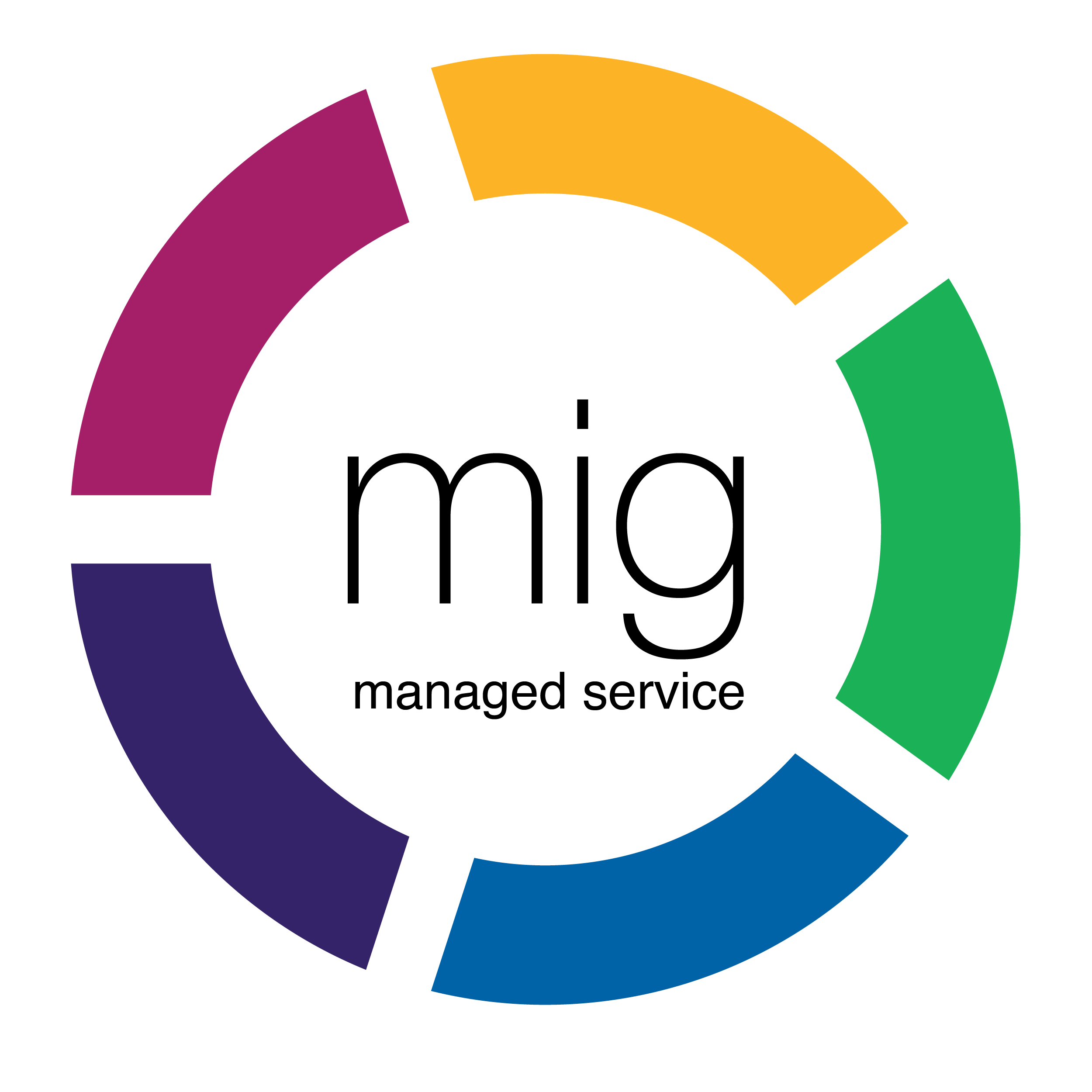
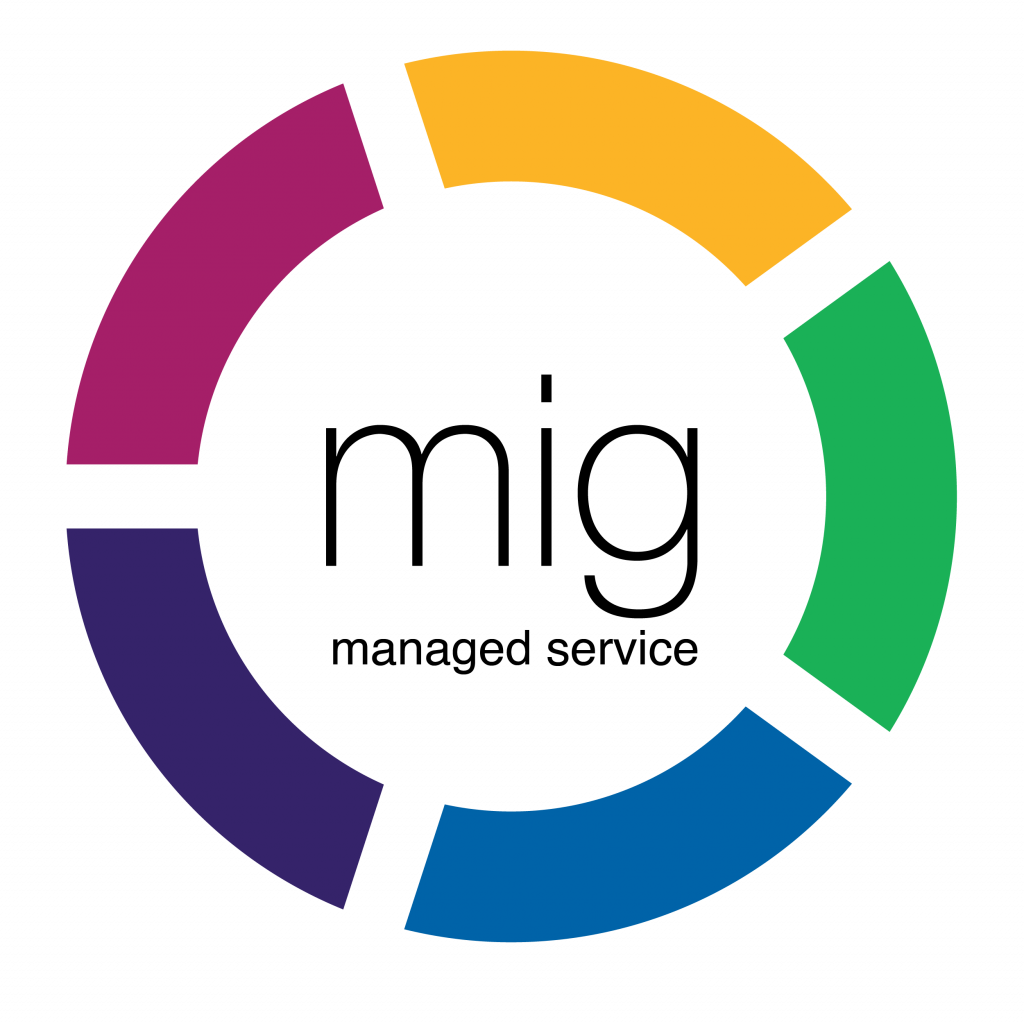
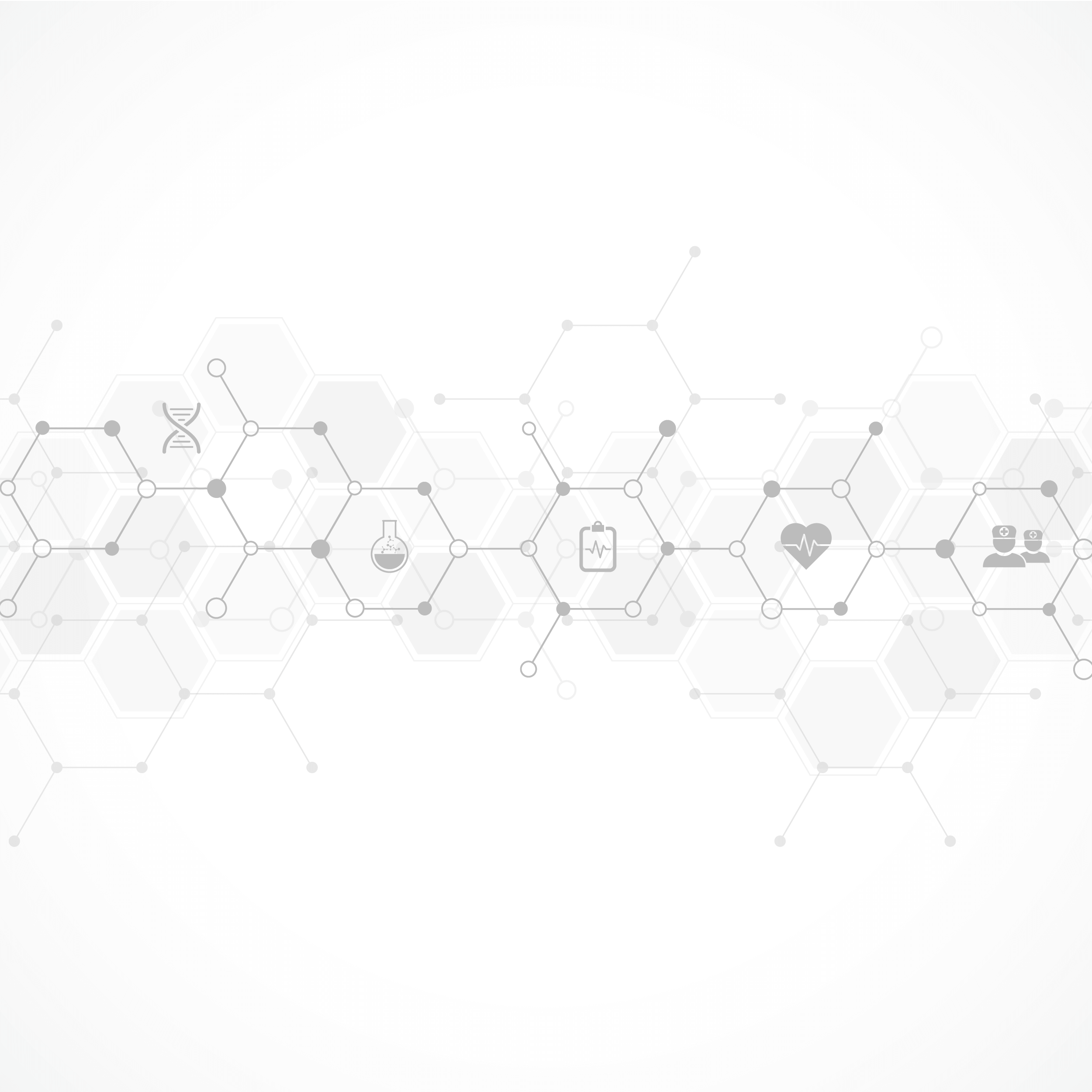
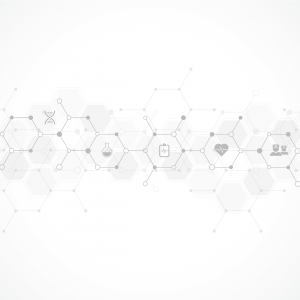

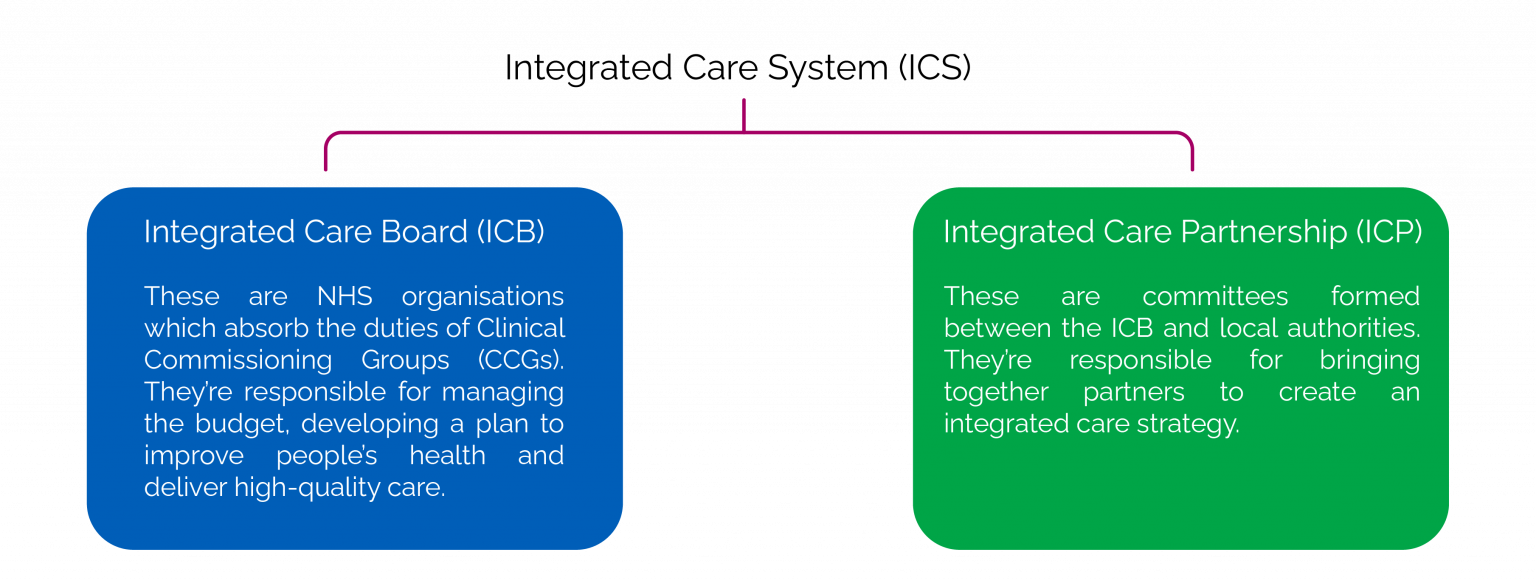





 By Su Jones, Product Manager at Healthcare Gateway
By Su Jones, Product Manager at Healthcare Gateway 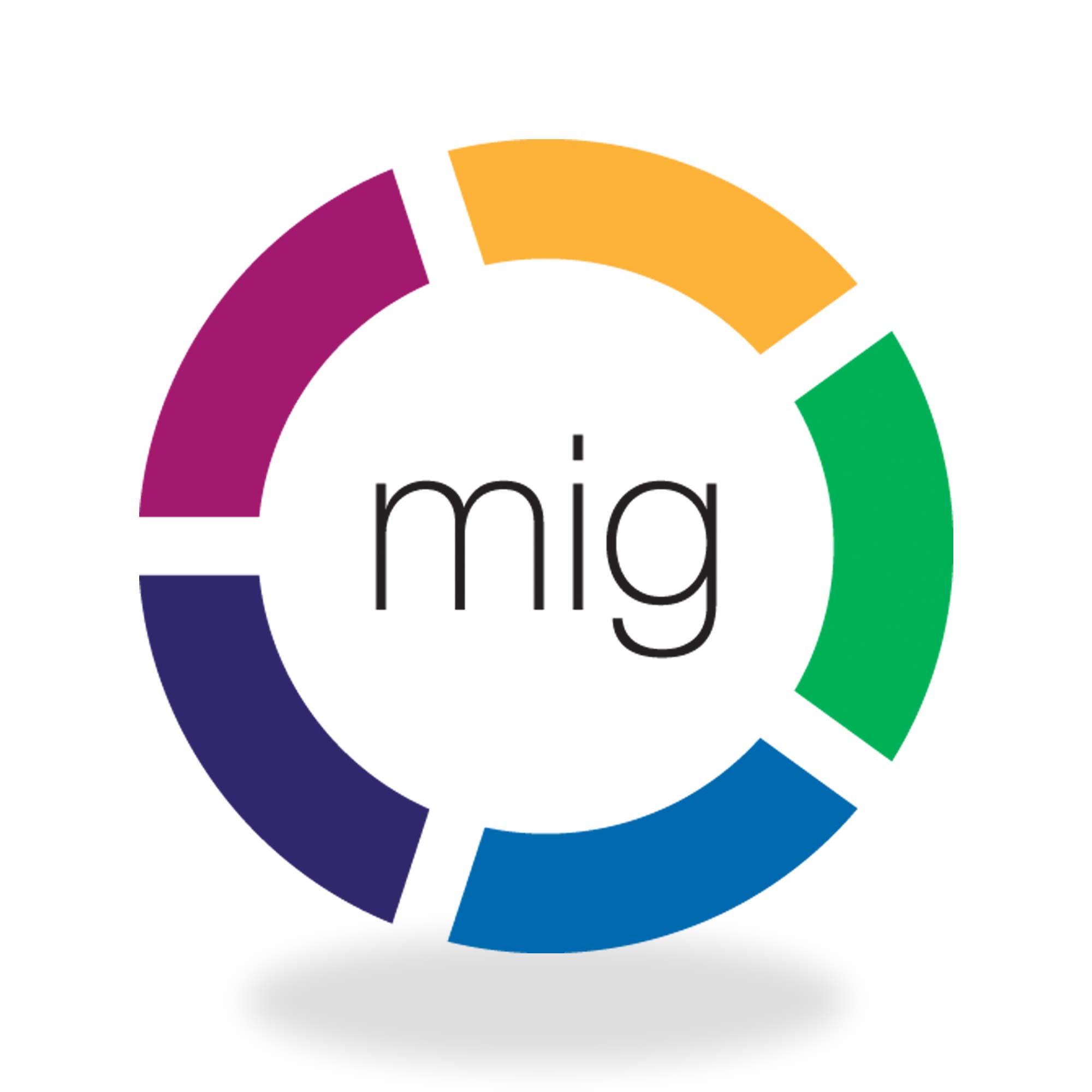

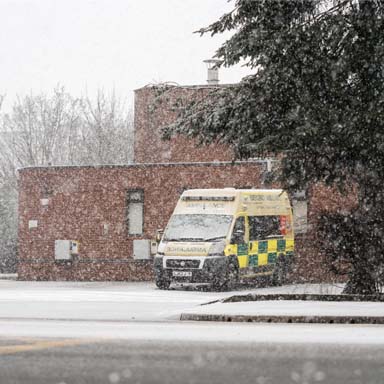



 By Sarah Dunwell, Head of Projects and Product at Healthcare Gateway
By Sarah Dunwell, Head of Projects and Product at Healthcare Gateway 



